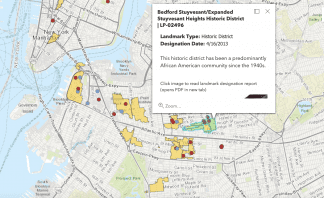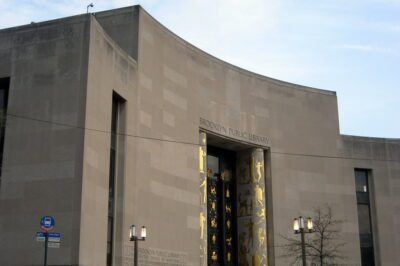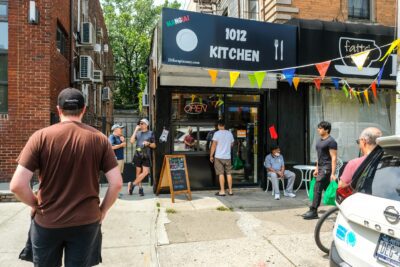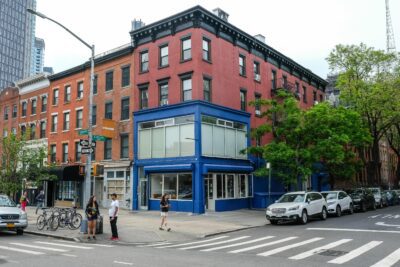Bridge Street Church in Downtown Brooklyn (Creative Commons)
This new interactive map offers a rich tour through the city’s Black history
The city's Landmarks Preservation Commission has just released a new project detailing more than 150 years of local Black history

A screen grab of the Bed-Stuy section of the map
Looking for something to do this weekend? Why not visit Shirley Chisholm’s house or pop over to Richard Wright’s home?
New York City’s Landmarks Preservation Commission has just released a new interactive “story map” detailing hundreds of years of local history in honor of Black History Month.
A follow-up of its 2019 “New York City and the Path to Freedom” explorable map devoted to abolitionist and Underground Railroad history, “Preserving Significant Places of Black History” is an interactive survey of historic and cultural Black landmarks throughout New York over the last 150 years and beyond.
The map highlights 75 individual addresses and 33 historic districts across all five boroughs recognized by the LPC since 1965, including the “homes of significant individuals, such as Langston Hughes, James Baldwin, Ralph Bunche, and Shirley Chisholm,” as well as monuments to culture, like the Apollo Theater in Harlem. Hover over color-coded neighborhoods or addresses to get pop-ups with more information and links to original LPC documents.
“With this story map, our goal is to provide greater accessibility to New York City landmarks and historic districts that reflect the contributions and achievements of African Americans, and illustrate that the fight for racial equity and social justice is as relevant today as it has been over the course of the City’s history,” said Landmarks Preservation Commission Chair Sarah Carroll in a press release.
In Brooklyn, that means deep dives into the the historic districts of Fort Greene, Clinton Hill and Prospect Heights. It means highlighting landmarks in Brooklyn Heights, an area with significant ties to the abolitionist movement, and Bed-Stuy, a bedrock of the Black community since the 1940s.
Poking around, you can find the homes of political pioneer Shirley Chisholm in Clinton Hill, and Betty Carter in Fort Greene. The First Free Congregational Church, more commonly known as the Bridge Street Church, in Downtown Brooklyn, played an significant role in the anti-slavery movement. Other important churches, entertainment and cultural venues, and abolitionist homes pepper the map.
“As we celebrate Black History Month and continue to strive for racial equity and social justice, it is important to recognize the history of the Black experience in New York City,” said Deputy Mayor Vicki Been. “Landmarking and designating historic districts are two ways that we honor and amplify the stories and contributions of the past, both good and bad, so we can learn from and build on our collective history. Ensuring that more New Yorkers can access and explore that history is a critical part of the process.”
The release of the map comes just days after the landmarking of the Harriet and Thomas Truesdell Home in Downtown Brooklyn, which had been owned by prominent abolitionists and may have been a stop on the Underground Railroad.
You might also like 


























